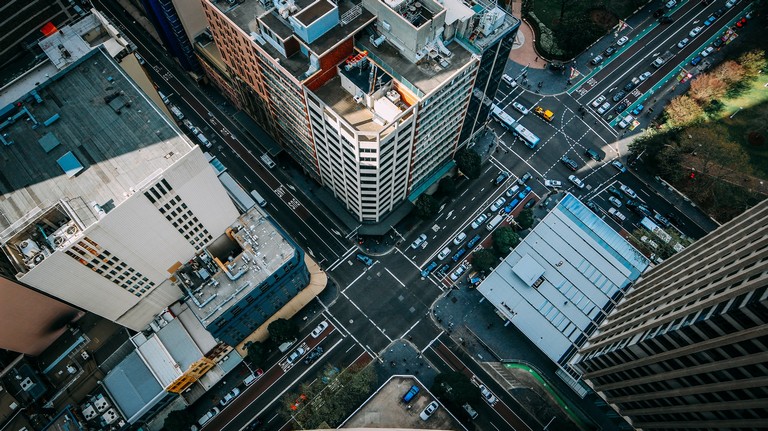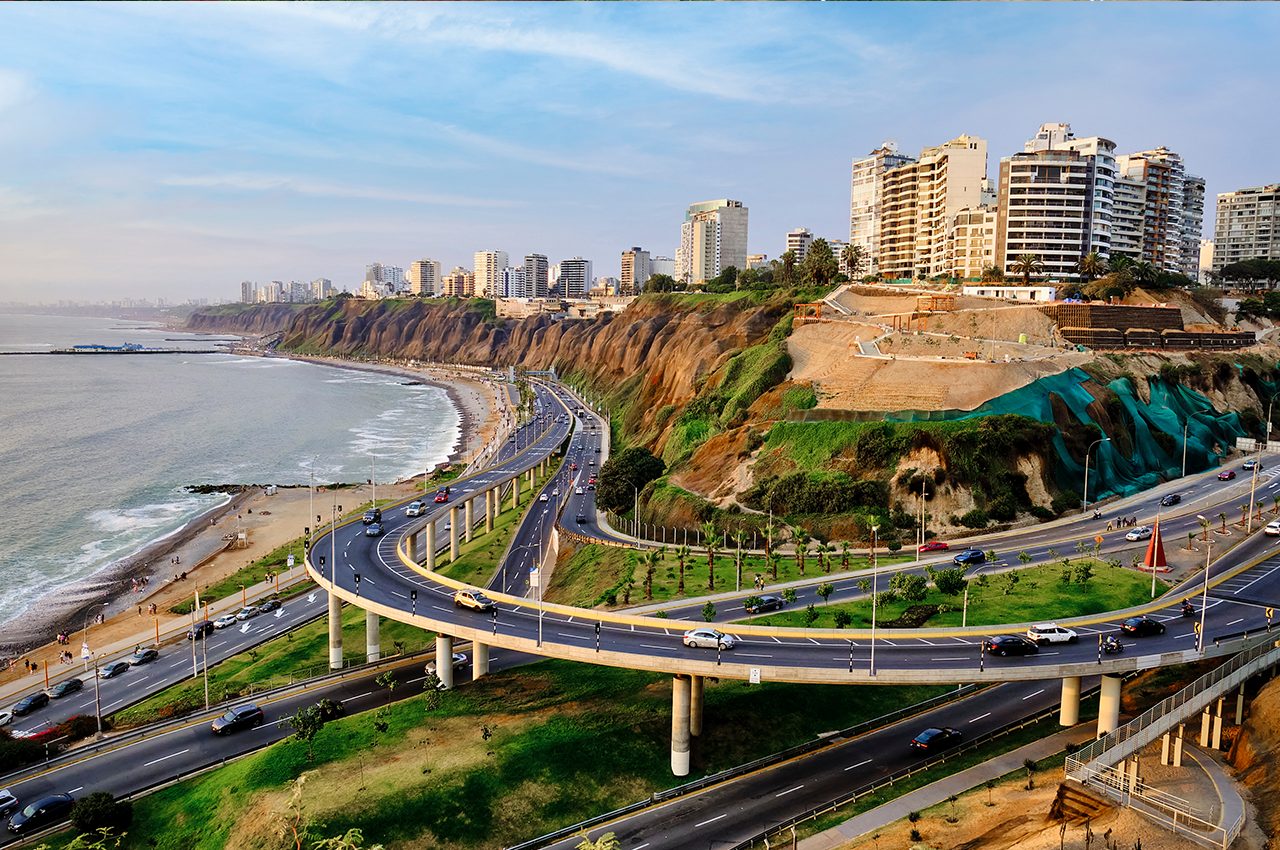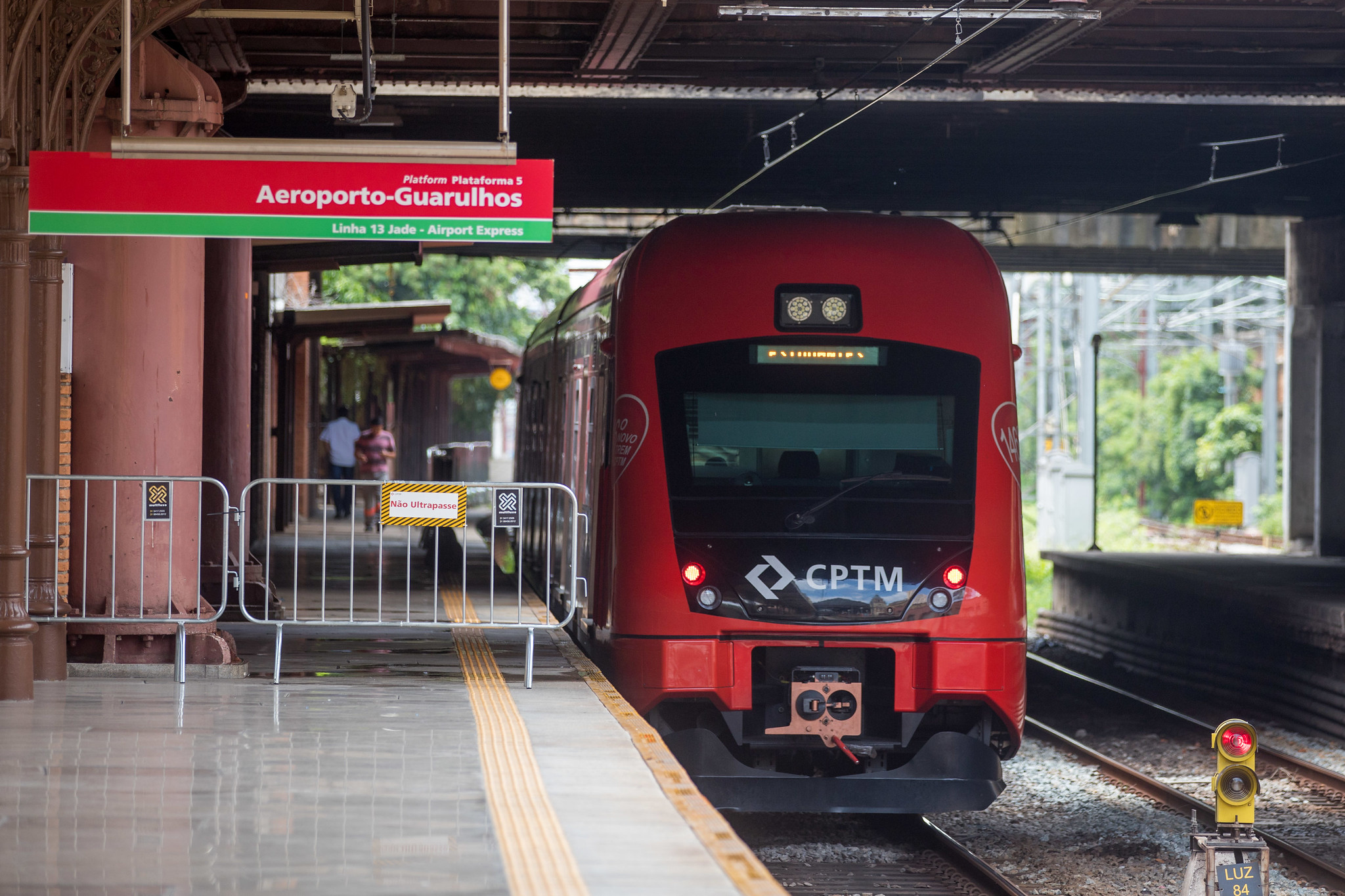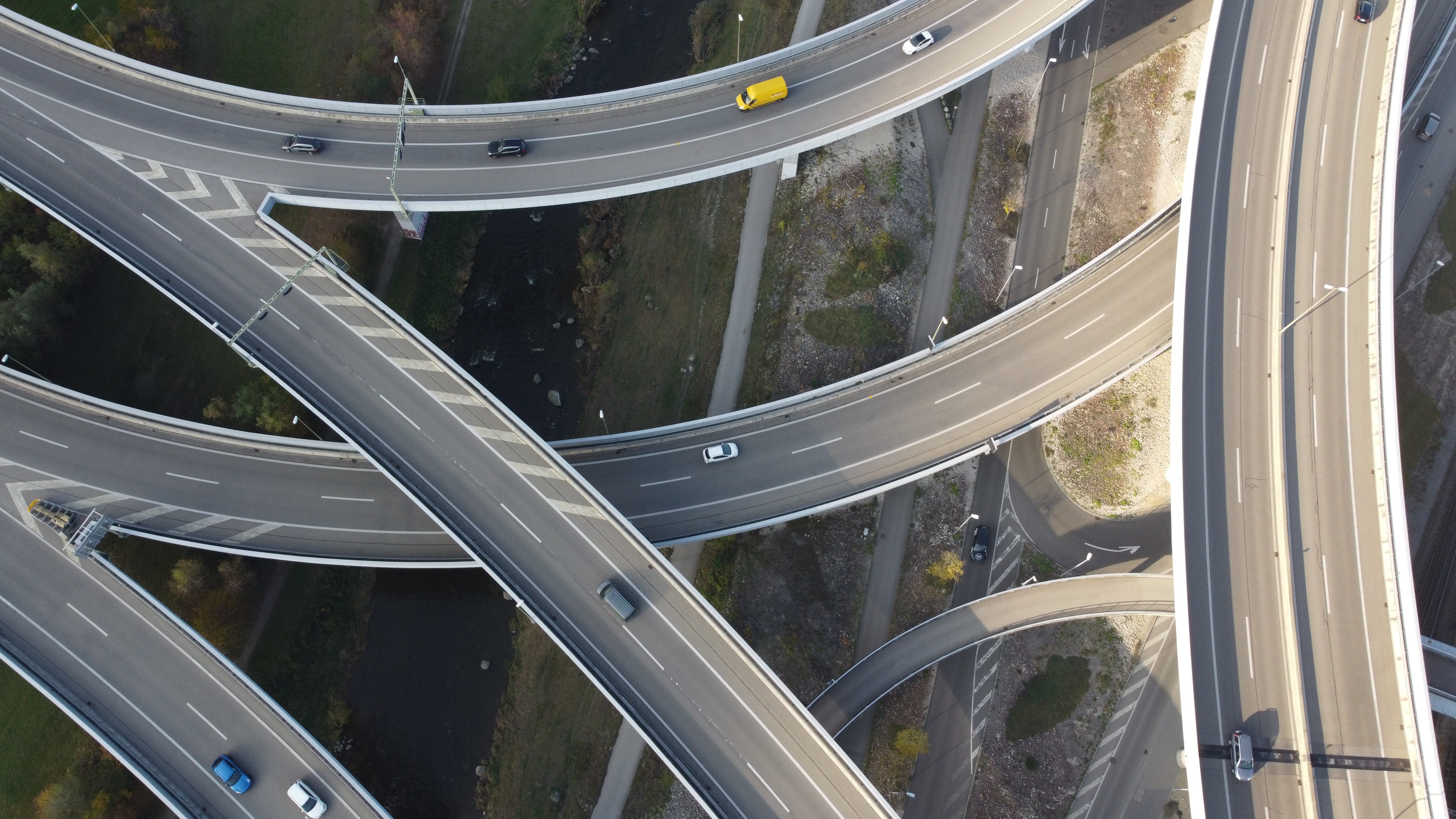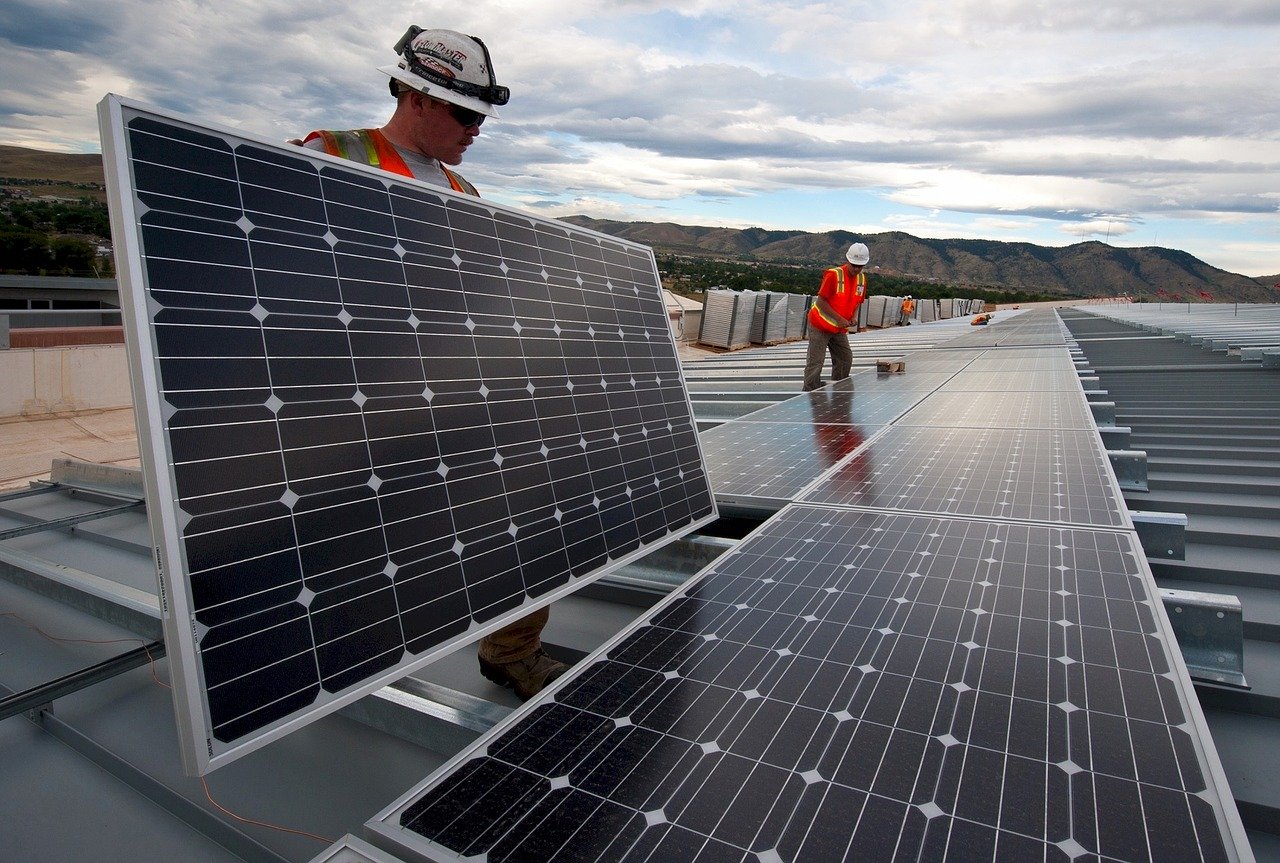325 results found
Featured results

More results
Mexico grew its wind energy installed capacity to c. 2000MW, generating USD 12B in investments and spillover effects on the local value chain
The Mexican government sought to increase its wind energy production and reduce its reliance on fossil fuels. The Mexican government set a goal of reducing the country's greenhouse gas emissions by 50% by 2020
Pacífico Tres was created in 2014 to facilitate the construction of a c. 150km highway linking three of Colombia's most commercially important regions
The use of innovation mechanisms to enable investors to hedge their currency risk can attract capital to markets
The São Paulo government sought to expand the a 720km NE-SW road across the state of São Paolo, which had one of the highest traffic volumes in the country
Following a 1997 study, the Government of Chile sought to improve the country's main North- South axis between the cities of Santiago and Talca
The Belgian government sought to improve mobility around its port district by relieving congestion that delayed tourists and freight
The Peruvian government had an ambitious plan to rejuvenate 955km of roads connecting the fluvial port of Yurimaguas with the Pacific port of Paita
The Indian government sought to construct a total of 200,000km of national highways by 2022, which required significant private investment
The USD 244M1 Elazig hospital Public-Private Partnership (PPP) project is part of the 'Health PPP' program developed by the Turkish Ministry of Health (MoH), to extend and modernize the country's healthcare
The Brazilian government sought to diversify its energy mix and planned to add c. 10GW of power from renewable sources to its national grid by 2018
The government of India sought to raise c. USD 12.5B1 for infrastructure development through an asset monetization program that identified c. 6400km of road networks across 75 operational projects and split them into 10 bundles to auction as concessions
In Senegal, energy is produced by private operators and sold to the Senelec government energy corporation.
Since 2010, Senegal had pursued reform policies within the energy sector, and aimed to increase installed renewable energy to 20% of total installed capacity by 2017.
A significant risk for foreign investors in developing and frontier markets is exchange rate risk, which can greatly alter a project’s rate of return.
This new technology is particularly relevant for boilers, air conditioning, solar power, and lighting infrastructure.
Small- and medium-sized enterprises (SMEs) may benefit greatly from the energy cost savings that result from the installation of new, more efficient technology.
Colombia’s 4G infrastructure program calls for increased public-private partnerships.
It is estimated that Columbia requires USD139 billion invested into its road system to meet infrastructure needs by 2035.
Pre-COVID-19, two Sao Paulo metro lines carried 1 million passengers daily. A demand sharing mechanism encouraged private sector investment in the concession contract.
Many of the bridges are located in rural areas with low traffic volumes, hence PPP solutions are not attractive for investors
In light of Pennsylvania having over 4,500 bridges classified as structurally deficient, the Pennsylvania Department of Transportation (PennDOT) decided to prioritize infrastructure repair and replacement work
The City of Paris has used Energy Performance Contracts (EPCs) to refurbish 240 schools in two phases, with a third phase now underway. The refurbishments, tailored to each school, include window renovations and the installation of LED lighting, sensors, insulation and new boiler systems.
The Indonesian Government aims to expand its geothermal energy sector to reduce greenhouse gas emissions. The Green Climate Fund (GCF) and Clean Technology Fund (CTF) are offering USD127.5m in financing, consisting of a senior concessional loan for public sector projects, a reimbursable grant for private sector projects, and a grant for technical assistance. World Bank will also provide USD100 million loan to scale up investments in geothermal energy in Indonesia.
In the Netherlands, the regulatory requirement is that the surface layer of asphalt roads have a whole-of-life span of six years. Currently, 60% of rubble from broke-up old roads can be reused in the construction of new roads, however increasing that percentage of reuse is mostly improbable due to stability and safety concerns. Dura Vermeer, a Dutch construction, infrastructure, and engineering business, has developed the technology to create top layer asphalt which can last up to 15 years (twice as long as current asphalt roads), but costs 10% more than regular asphalt roads.
Thailand's greenhouse gas emissions grew by c. 70 percent between 2000 and 2010, leading to environmental concerns





